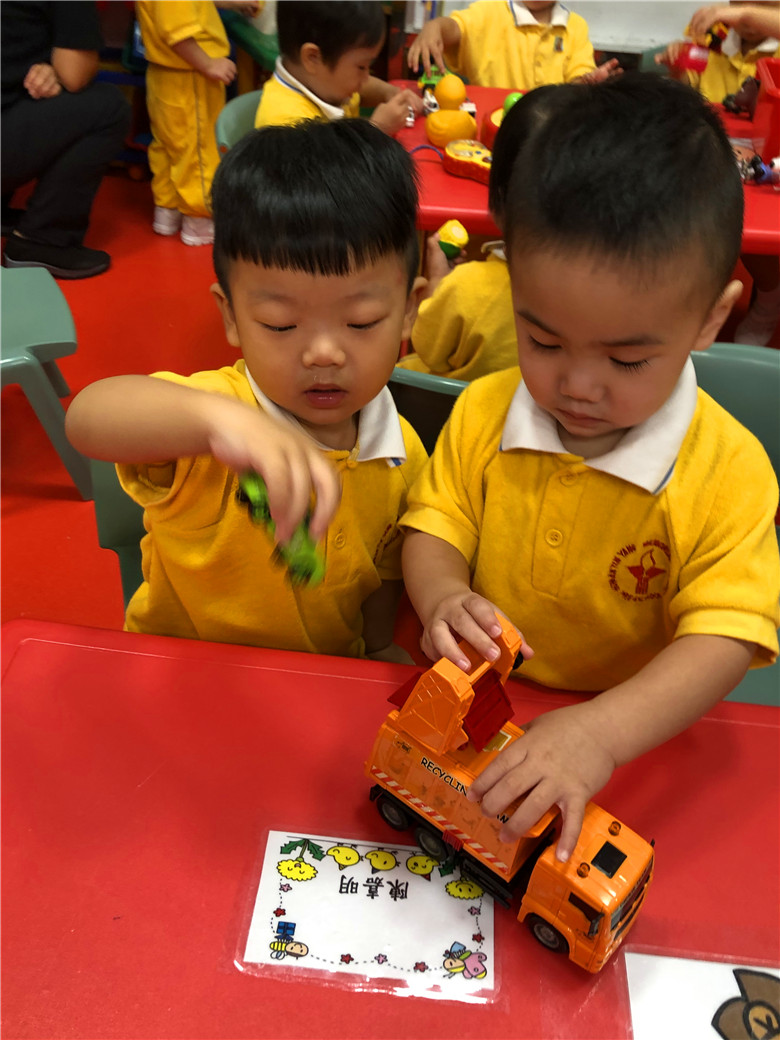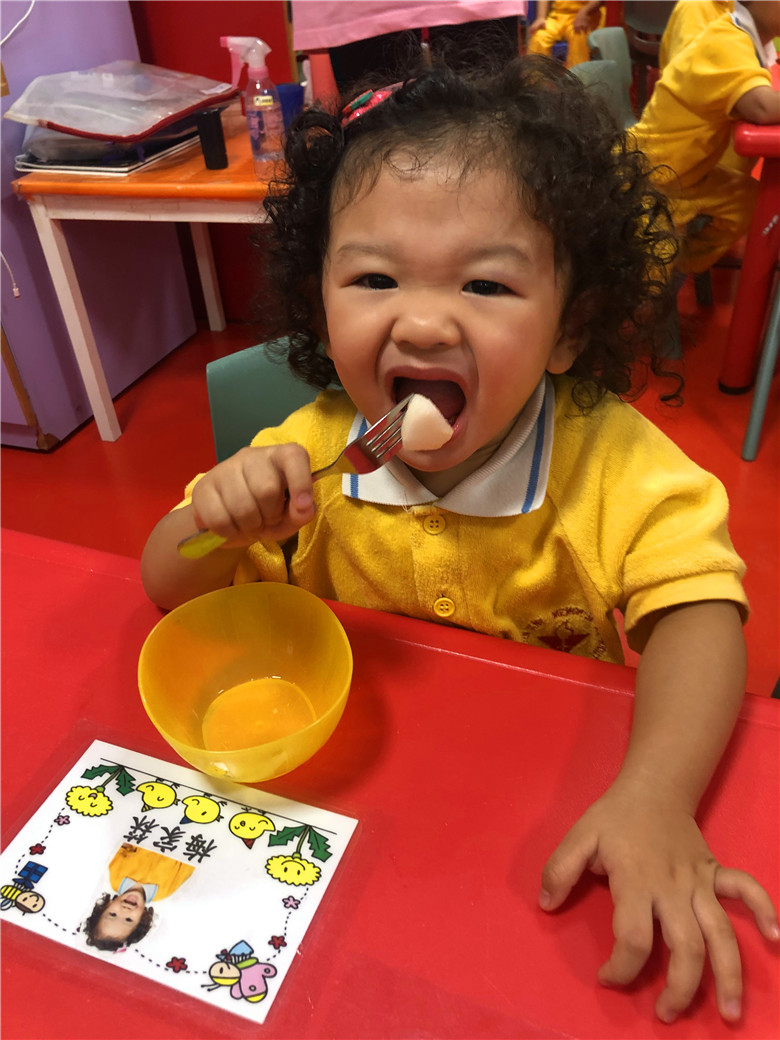 Phone: 2242 0678
Phone: 2242 0678 Language:
Language: 


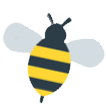

1. able to match colors, shapes, objects and sizes.
1. able to match colors, shapes, objects and sizes.
3. able to complete 3-5 pieces of jigsaw puzzle.
4. able to recognize his/her own name.
5. able to remember the names and purposes of main body parts.
6. able to recognize daily items by touch.
7. able to understand the meaning of “one” and “two”.
8. able to show memory, for example, he/she may remember something suddenly and start to search.
9. able to play “roles play games” such as playing a doctor/teacher, etc.

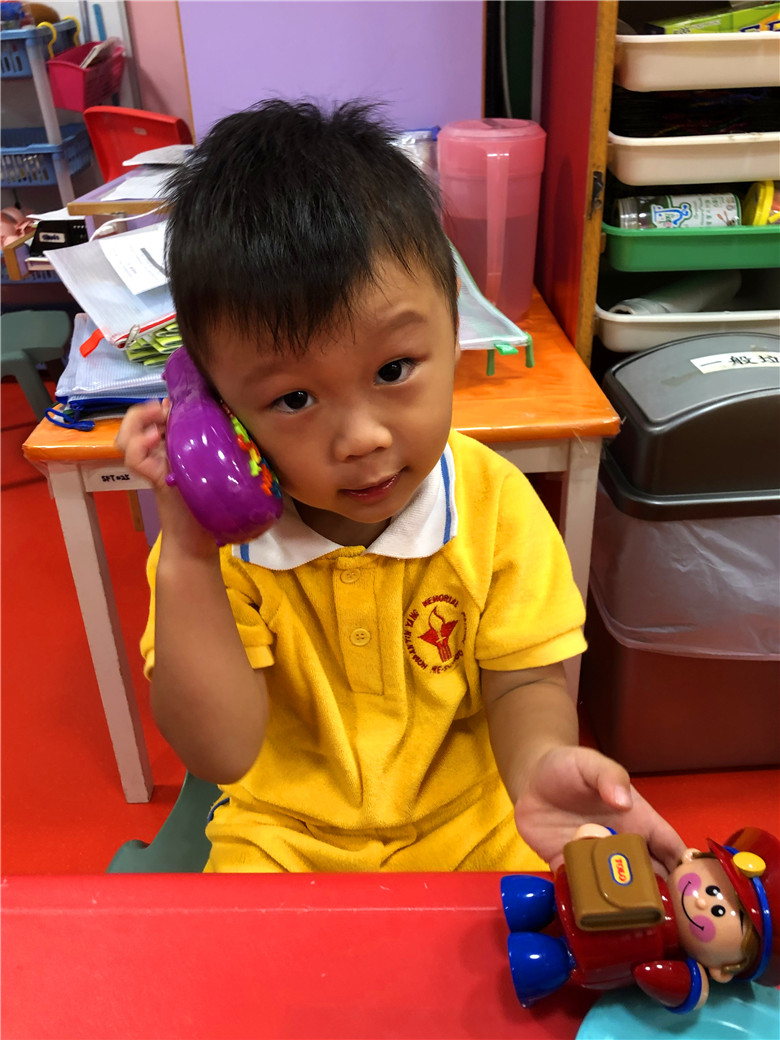
1. able to follow simple instructions, or point out several body parts.
2. able to understand common nouns, verbs and adjectives.
3. able to use limited vocabularies to express meanings.
4. able to raise questions, such as “what?”.
5. able to follow long sentences when listening to children's songs
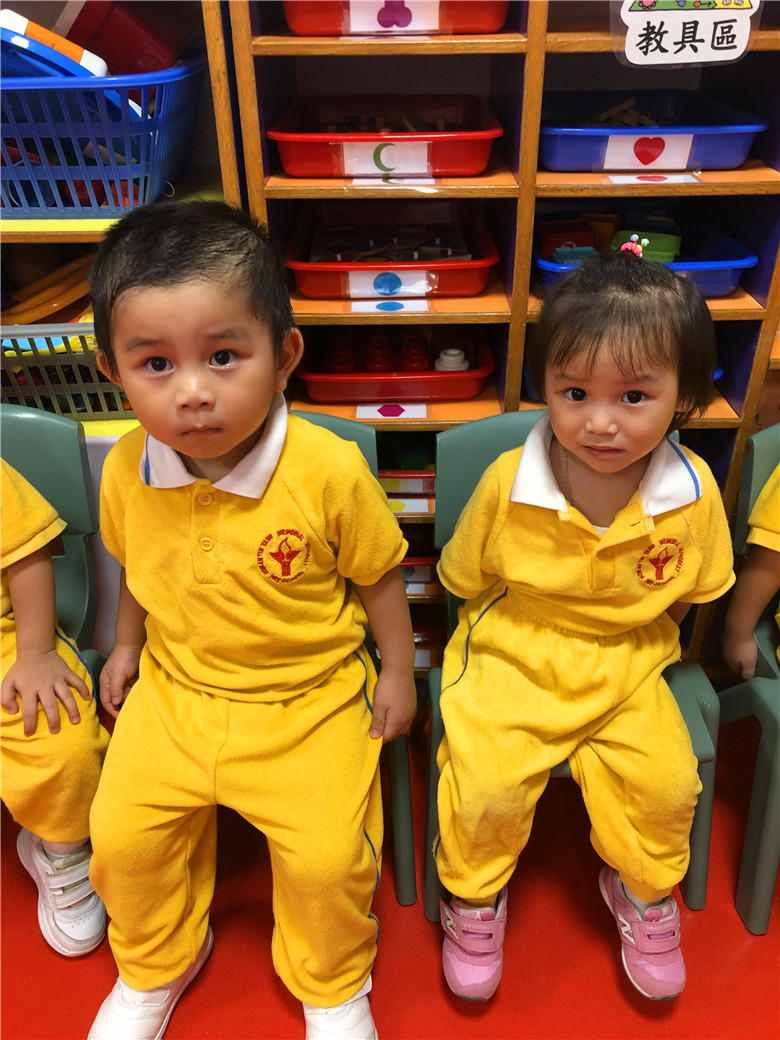
1. able to walk with ease, pull or push items, or step back.
2. shall be careful when climbing stairs, with two steps for one stair.
3. able to jump down from one stair, but it tends to result in accident.
4. when kicking the ball, he/she may acts like walking around and touching the ball at the beginning, and will manage it after a while.
5. has no sense of direction when throwing the ball and will throw it into the basket in front of him/her.
6. when playing bicycle, he/she can only use his/her feet to push the bicycle, after a while, he/she may understand how to control the direction by hands.
7. able to open candy wrappers.
8. able to open books page by page.
9. able to unscrew lids.
10. able to play toy bricks.
11. able to thread rope through big beads.
12. able to imitate and draw horizontal lines, straight lines, circles, etc.
13. able to try folding paper and using scissor
14. able to rub, hammer, squeeze, press, pull plasticine
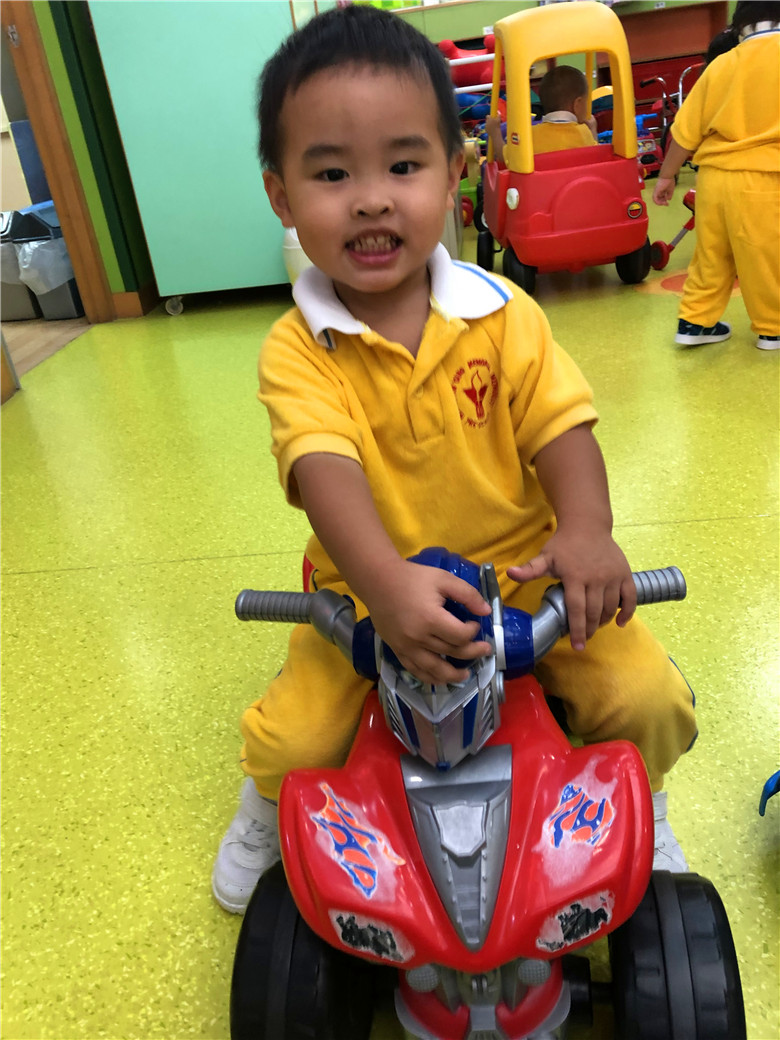
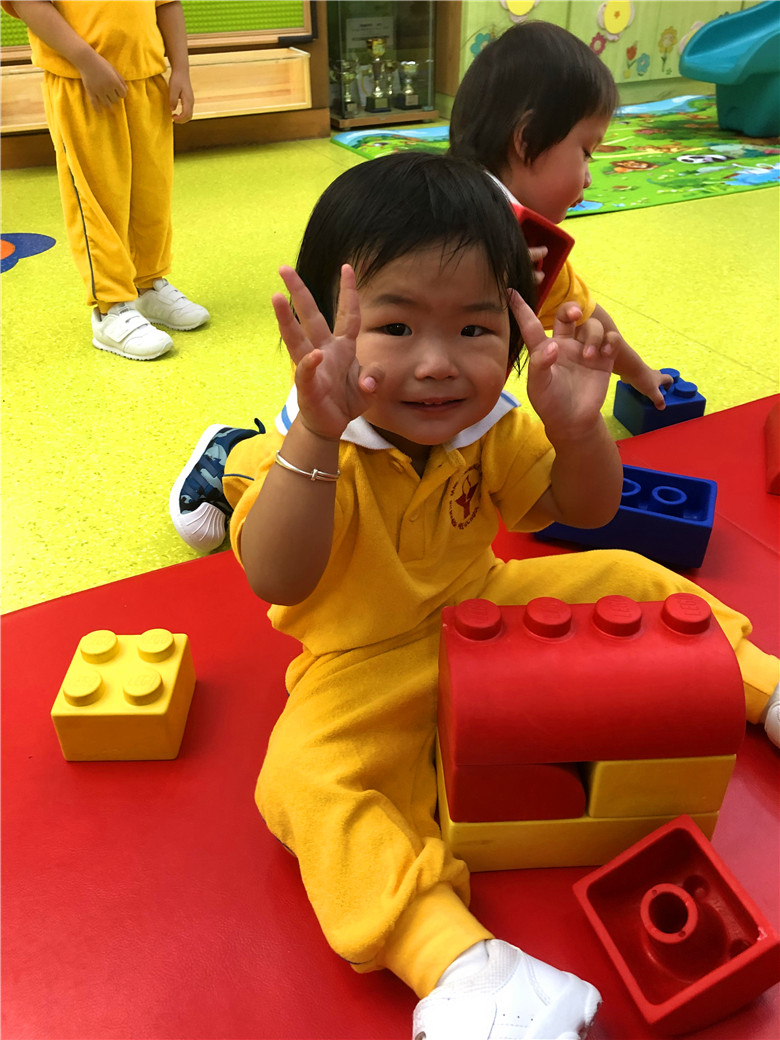
1. when playing together with other children, he/she only plays his/her own toys and has no consciousness of sharing.
2. when led by an adult, he/she can take turns to wait with other children.
3. easy to become jealous of other children who distract adult’s attention from himself/herself.
4. easy to lose his/her temper when he/she is unhappy, but also easy to be attracted by other items and forget the unhappiness.
5. easy to follow routines and doesn’t like changes.
6. start to show like and dislike towards certain kind of food.
7. likes to be complimented and prefer beautiful clothes.
8. able to show need of toilet and can manage it on his/her own under instructions. But he/she may piss pants during the day.
9. able to wash his/her own hands under assistance.
10. able to put on/off pants, clothes and footwear.
